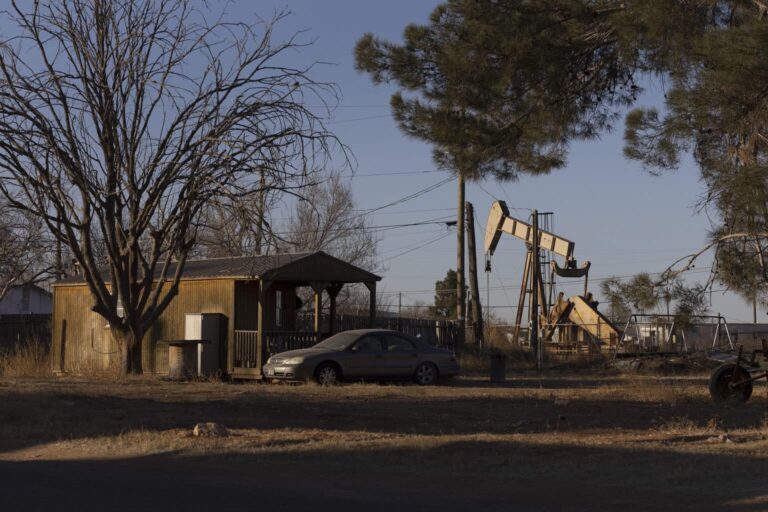TL/DR –
Cryptocurrency mining’s energy appetite is like that one friend whose life is always a mystery—that is, until now. The EIA is drafting up a survey to finally measure how much pollution Bitcoin and its crypto siblings are really churning out. But some crypto enthusiasts argue that picking on them alone isn’t fair, and all data centers should be put under the energy use microscope.
Green Gossip: Cryptocurrency’s Energy Appetite
Ever wondered about the energy consumption of cryptocurrency? This rising industry is a major electricity glutton, but it’s still unclear exactly how much juice goes into the supercomputers trying to ‘mine’ Bitcoin and other digital currencies. Estimates say cryptocurrency mining gobbles up anywhere between 0.6% to 2.3% of total electricity each year, and soon we may have a clearer picture.
It’s all thanks to the U.S. Energy Information Agency (EIA), who’s planning to release a draft of a survey in the coming months. The EIA is playing detective, asking cryptocurrency mining companies to disclose their energy consumption. This was discussed in a recent “listening session“, showcasing the EIA’s commitment to understanding the energy needs of various industries.
The EIA’s move to measure the crypto world’s energy footprint isn’t new. Earlier this year, amidst winter energy shortages, the administration tried to gauge Bitcoin mining’s energy impact through an emergency survey, only to face a legal roadblock. This time round, they’re aiming for a smoother process – the survey will be posted online, go through a 60-day public comment period, and be revised before it gets an official green light.
Understanding how Bitcoin, the most well-known cryptocurrency, works can shed light on why this industry is such an energy hog. Picture it like a network of code-breaking, number-crunching computers running day and night to confirm transactions – a process that rewards successful Bitcoin miners with fresh Bitcoins. This process intensifies energy consumption, casting a shadow on U.S. emissions reduction goals. In fact, Texas, which is home to the largest concentration of Bitcoin mines, has some facilities drawing energy straight from fossil fuel power plants.
It’s worth noting that these Bitcoin mining facilities aren’t just consuming energy – they’re also significant players in Texas’s energy market. They lock in low electricity rates, then sell power at higher rates during peak demand periods. This brings in profits and even allows them to participate in “demand response” programs where they earn extra for reducing their energy demands when the power is required elsewhere.
It’s predicted that the peak electricity demand on Texas’s main power grid could nearly double by 2030, with cryptocurrency mining dominating new connections to the grid in the next three years. This has raised concerns amongst neighbors living near Bitcoin mining facilities who worry about noise pollution and increased residential electricity rates.
Voices from the cryptocurrency industry suggest that the upcoming EIA survey should also cover all data centers – not just cryptocurrency mines – to provide a complete picture of energy consumption in the digital age. This isn’t a one-sided conversation though, and many are calling for transparency, seeing it as a crucial step towards a greener future.
So, while we’re all enjoying the perks of the digital world, let’s remember the energy burden it carries. As we strive for a greener planet, keeping an eye on the energy costs of our digital habits, like cryptocurrency, is just as crucial. Stay tuned for the EIA’s survey – it’s sure to offer some enlightening insights!
Original Story at insideclimatenews.org





